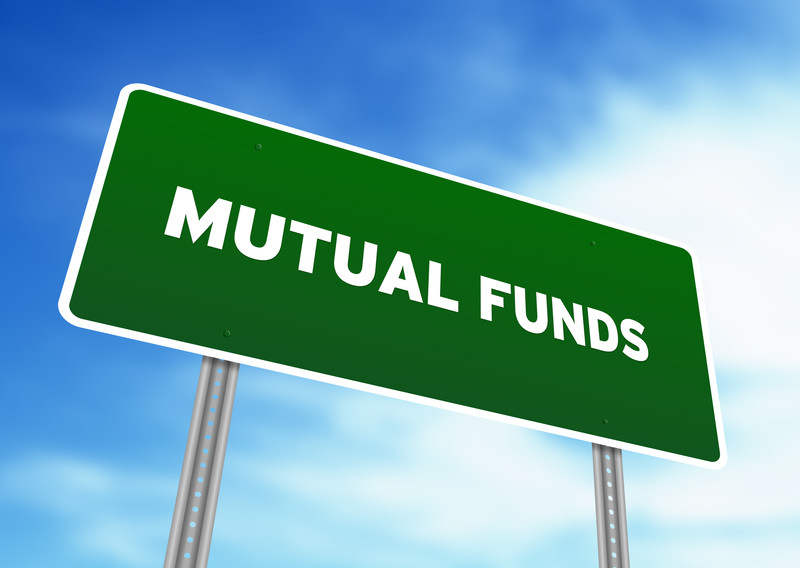Be Cautious When Studying Mutual Fund Ratings
Wherever you look, you will find various rating systems on mutual funds, each of which uses a different approach. All of them are designed to weed through the thousands of funds to get to the best ones. But is there really such a thing? Does a high rating really mean a fund will do better in the future? Many people seem to think so. A recent study showed that Morningstar, North America’s most recognized rating system for funds, has a tremendous influence on fund sales. If Morningstar gives a five-star rating, those funds typically enjoy increased sales as a result.
While ranking providers are careful to warn investors that their ratings don’t foretell the future, the star system is, unfortunately, used by some investors as if they were reading Consumer Reports to purchase a new drill. Supporters of the ranking approach argue that there’s no subjective component to the star rating. It isn’t determined by an analyst’s review, and can’t change simply because the service dislikes the fund’s manager or its investment strategy. And that’s good.
Performance will vary. Fund performance often falls off and risk levels rise during the subsequent three years after a fund is given an initial five-star Morningstar rating, suggests another recent study by Matthew Morey, a professor at Pace University. One reason for this is that after receiving a five-star rating the size of the fund grows dramatically, which then makes the fund unwieldy to manage, he suggests. Since Morey’s study was completed, Morningstar also has changed the way it doles out top rankings to make them more precise. One of the biggest problems with all rating systems is that they are not necessarily predictive in nature. This means they’re not really set up to tell you whether certain funds will necessarily do better in the future. For the most part, the ratings indicate how much you might have made and how much aggravation you faced in the process.
Combining risk and return. For example, one five-star fund might post moderate return scores, but incredibly low risk scores. Another five-star fund might have much higher-risk scores, but its return score could be strong enough to help it still rank in the top 10% of the pack.
In some cases, in fact, it’s not even the same fund to begin with. Remember, after a management change, the rating stays with the fund, not the portfolio manager. Therefore, a fund’s rating might be based almost entirely on the track record of a manager who is no longer with the fund.
Understand how the ratings were developed. Too many people put emphasis on the results without knowing how the results were achieved. If you are going to use ratings, take the time to understand how they were developed and what they really mean. It is not the destination but the journey that counts.
Past performance is no guarantee of the future. You have probably heard this disclaimer a thousand times before, but it is really important to understand. Most rating systems have little to no predictive element in them. It’s natural to think that the best performer of the past will be the best performer in the future. Unfortunately, it’s not that simple. Just think about it; if it were that easy, investors would just continue to buy last year’s winners knowing that they will be this year’s winners. And that seldom works.
Ratings are a very important element in trying to distinguish between good and bad funds. Good research, however, goes far beyond just looking for five stars or an A+. When evaluating funds, look at the quantitative, measurable characteristics of a fund: returns up against the benchmark, costs, risks, taxes and manager tenure. Use rating systems as part of your research, but remember: just because the analysts give them top marks, it does not mean they will be the best investment in the future, and doesn’t it mean that they’ll be the best investment for you in particular. Take the time to understand how the ratings were achieved. This will be the first step to educating yourself about funds.

